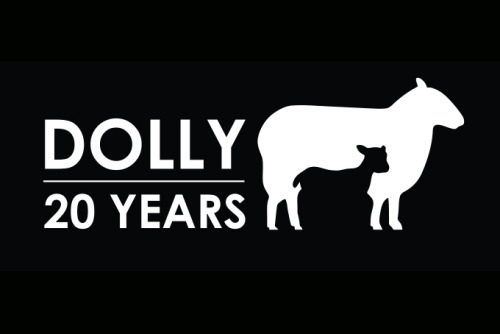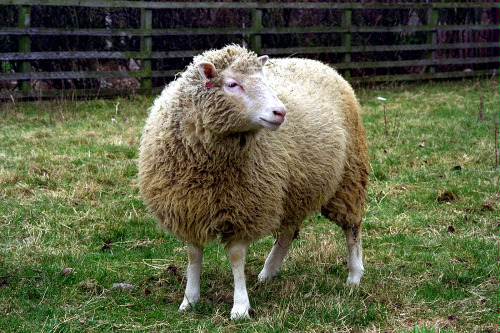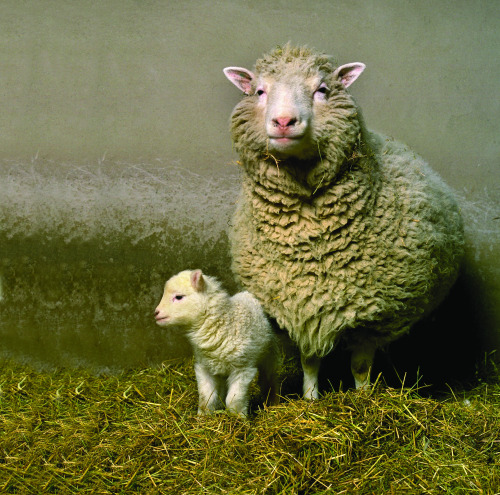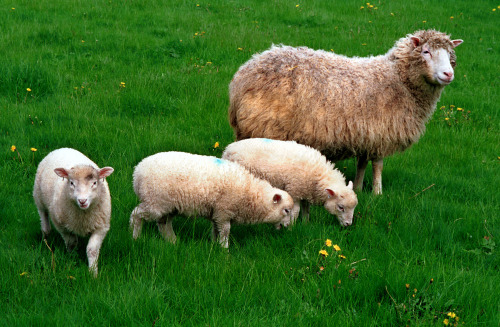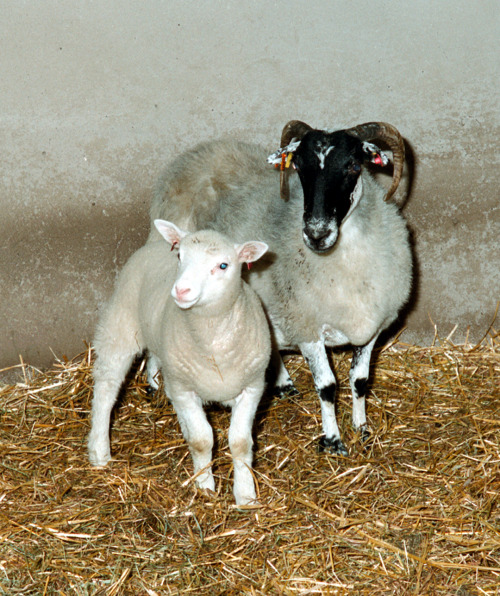The life of Dolly the sheep20 years ago today - Dolly the sheep was born (5th July 1996) We tak
The life of Dolly the sheep20 years ago today - Dolly the sheep was born (5th July 1996) We take a look at the life of the world’s most famous sheepMaking DollyDolly was part of a series of experiments at The Roslin Institute that were trying to develop a better method for producing genetically modified livestock. If successful, this would mean fewer animals would need to be used in future experiments.Dolly was cloned from a cell taken from the mammary gland of a sheep, and an egg taken from a Scottish Blackface sheep.She was born to her Scottish Blackface surrogate mom on 5th July 1996. Dolly’s white face was one of the first signs that she was a clone because if she was genetically related to her surrogate mother, she would have had a black face. Because Dolly’s DNA came from a mammary gland cell, she was named after the country singer Dolly Parton. Why was Dolly so important?Dolly was important because she was the first mammal to be cloned from an adult cell. Her birth proved that specialised cells could be used to create an exact copy of the animal they came from.Dolly’s lifeDolly was announced to the world on 22nd February 1997. Dolly captured the public’s imagination - no small feat for a sheep - and sparked a public debate about the possible benefits and dangers of cloning.In the week that followed the announcement, The Roslin Institute received 3,000 phone calls from around the world.Dolly spent her life at The Roslin Institute, and apart from the occasional media appearance, led a normal life. Over the years, Dolly had a total of six lambs with a ram called David. After Dolly gave birth to her last lambs in September 2000, it was discovered that she’d become infected by a virus called JSRV, which causes lung cancer in sheep. Other sheep at The Roslin Institute had also been infected with JSRV in the same outbreak.Dolly continued to have a normal quality of life until February 2003, when she developed a cough. A CT scan showed tumours in her lungs, and the decision was made to euthanise Dolly rather than risk her suffering. Dolly was put to sleep on 14th February 2003, at the age of six.What made Dolly so special is that she had been made from an adult cell, which no-one at the time thought was possible. This knowledge changed what scientists thought was possible and opened up a lot of possibilities in biology and medicine. To find out more about the science behind Dolly the sheep, visit www.dolly.roslin.ed.ac.uk. -- source link
#roslin institute#genetics#biology#sheeps#science#research#scotland#cloning
